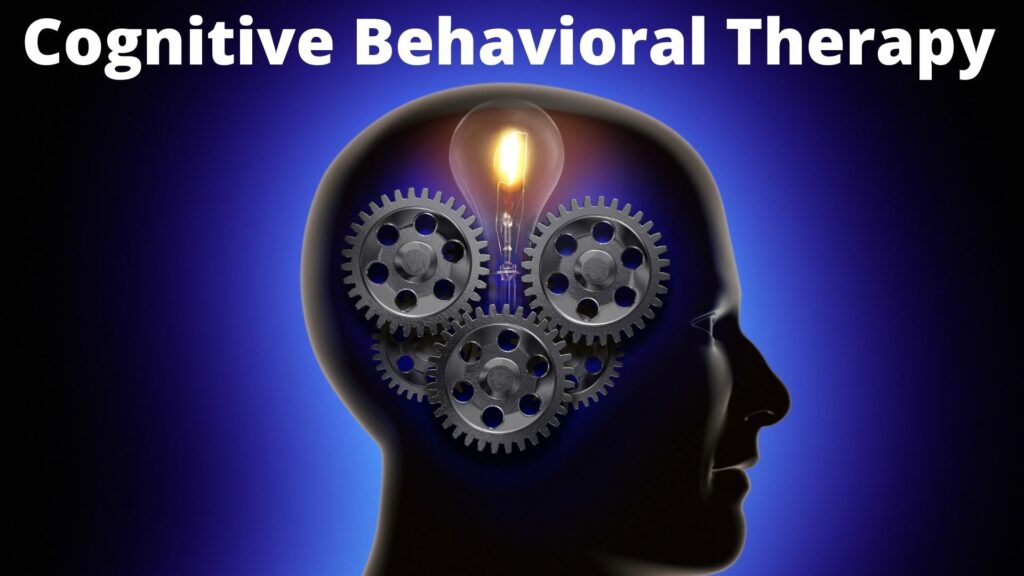Can you make it through the day at work without feeling like you’re going to snap? If your answer is “no,” then this blog post will be a helpful read. The following 11 cognitive behavioral therapy techniques for employees at work are designed to help you feel more in control and less stressed when faced with typical office scenarios that can cause anxiety.
Contents
What is Cognitive Behavioral Therapy?
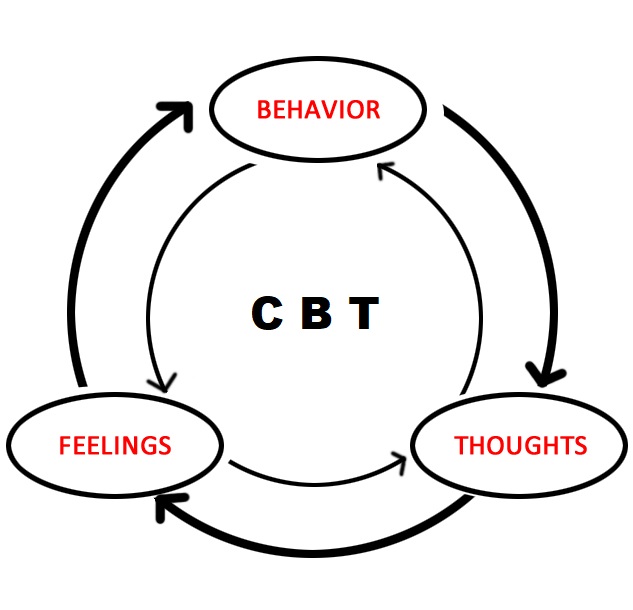
Cognitive-behavioral therapy is a way to change your thoughts, beliefs, and attitudes to help you behave in a more positive way. It helps with problem-specific goals in a supportive environment. CBT is a type of therapy that helps people change their thoughts. It can help them to stop thinking about bad things so they don’t get sad or mad. Cognitive Behavioral Therapy will help you to feel less stressed, sad, or guilty. It focuses on solving problems in your life today. It can be hard to solve these problems, but Cognitive Behavioral Therapy helps people find simpler solutions that will make them feel better and climb the ladder of success.
Furthermore, CBT is a way to change your thoughts and ways of behaving. CBT is a form of talk therapy that includes treatments that have been shown to help. To have better outcomes or results, this therapy requires active and constant involvement of the individual.
The Approach of Cognitive-Behavioral Therapy Techniques
CBT is a cognitive model. It is how cognition is conceptualized. Beck (1976) outlined three levels of understanding:
- Core beliefs
- Dysfunctional assumptions
- Negative automatic thoughts
Here is how the CBT techniques work:
- This activity will help you identify problems or issues in your regular life.
- Negative thoughts can have a bad effect on your life.
- It is important to know when the negative thoughts are happening, and then you can do something about them.
- There are many things that can help you to sense situations.
- Learning new behaviors will help you to do things that you can’t do before.
- And encourage them to think better, act better and stay well.
11 Cognitive Behavioral Therapy Techniques for Employees’ Mental Health
Here are the techniques and tools that might help your employees at work:
1. Cognitive Restructuring
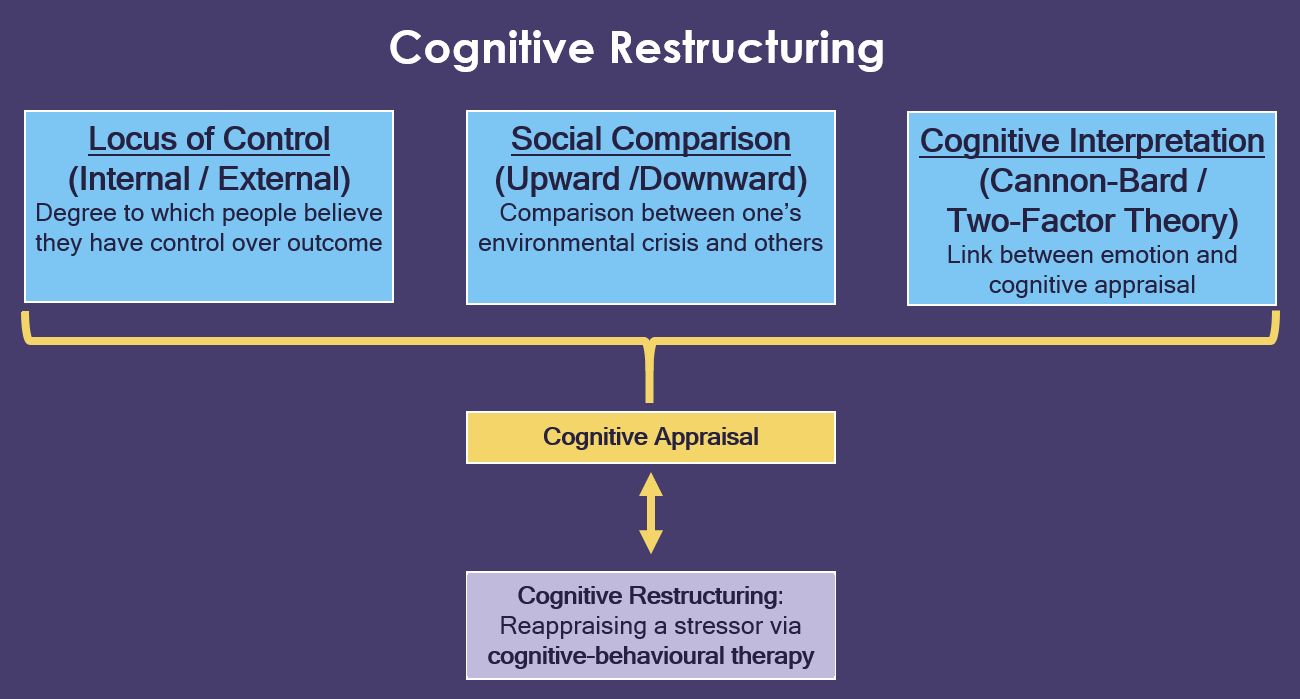
When you find a harmful belief, you start to challenge it. Cognitive restructuring is when we identify those patterns that hold us back. Then, we explore how those patterns are rooted in new ways to solve them.
Cognitive restructuring helps you change the way you think. It helps to find more rational ways of thinking. You will need to track down your thoughts and do intellectual wellness activities to improve your thoughts.
It also includes the following aspects:
- Track what you do when something gets hard. This is good for later, like for a project or homework.
- You might have trouble or bad thoughts. We need to find out what is making you have those thoughts.
- You are trying to figure out whether your beliefs are true. You can do this by testing things out.
- This helps you to see new things.
It is an easy technique for human resources to encourage employees to do. It can help them see their work as something difficult and they will perform better.
2. Graded Exposure Technique
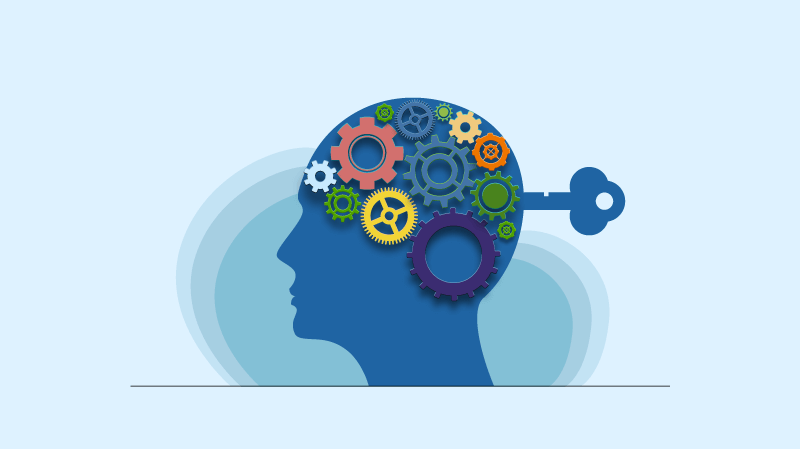
The graded exposure technique helps people understand what causes fear. This helps them avoid certain situations. Fear and anxiety in most workplaces are the cause of lower esteem, productivity, and retention.
By facing situations with systematic exposure, it helps employees to overcome their fears. It is one of the most effective psychological treatments that exist and has a 90% success rate.
This technique is hard. It’s difficult to list the things we usually avoid. It will be hard for someone with social anxiety and absenteeism at work to do this.
Graded exposure helps you to rate the situations of anxiety. And rank them according to the distress rating. This technique will help people see what is making them feel most anxious, so they can fix it.
3. Journaling

Journaling is good for making memories. Journals make it easy to explore your feelings and thoughts.
Journaling is writing what you are thinking. You should write when you are thinking, where it came from, how strong it is, and how you react to the thought.
Journaling is a good way to understand your thoughts and feelings. It helps you identify the things that are making you feel bad. You will be able to think of new ways to make yourself feel better.
The HR department can help employees’ mental health with this method. They can buy journals with a message that says “we care.”
4. Mindfulness Meditation

Meditation is a good way to help your mind. You can do it in different ways. You can also use it when you are unhappy with something so that you will not be so sad anymore. It helps you concentrate and do things right.
Breathing exercises can help you calm your mind. It will help you reduce stress and anxiety, as well as improve your memory at work. Breathing at the same time helps you deal with distractions and overthinking.
Practicing mindfulness meditation is good. It helps with leadership trust and it also makes people happy. Every organization should make sure that employees practice mindfulness to create a positive work culture.
5. Cognitive Distortions
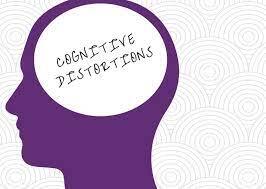
Cognitive distortions are thoughts you have that are wrong. They are like habits. They may mean “I am not good enough.” or “People hate me.” It is hard to think right when you have these thoughts. These thoughts may make mental problems happen and increase stress, anxiety, or depression.
Cognitive-behavioral therapy (CBT) is a way of thinking that can help your health. It helps with the distortions you make in your head. The thinking patterns affect health and wellness, which can lead to substance abuse.
Cognitive Distortions includes issues like:
- This is how people think about things. They only see the good or the bad and take it all in.
- Overthinking is when you think too much. Overgeneralizing is when you think that everything is the same.
- People can get annoyed when you get mad without waiting for them to finish their story.
- This is a problem that makes small problems look very big.
- Fallacious thoughts are not good thoughts. Fallacious thoughts do not make sense.
- Count more on the things that are bad.
- Blaming and mislabeling is not good. It is bad to blame someone.
- More dependency on emotional reasoning, etc
HR can help employees feel better by making a good work environment. They can offer free counseling to people.
6. Exposure Tool

The exposure tool accumulates three different techniques. The exposure tool includes:
- Interactive and nightmare technique
- Rescripting technique
- Response prevention technique
This medicine helps people who have anxiety and nightmares. It also helps them with their behavior and thoughts. The medicine helps those with obsessive-compulsive disorder, often called OCD, get better.
Organizations can help their employees by encouraging them to do various activities. These would be both indoor and outdoor activities.
7. Role-Playing
Role-pl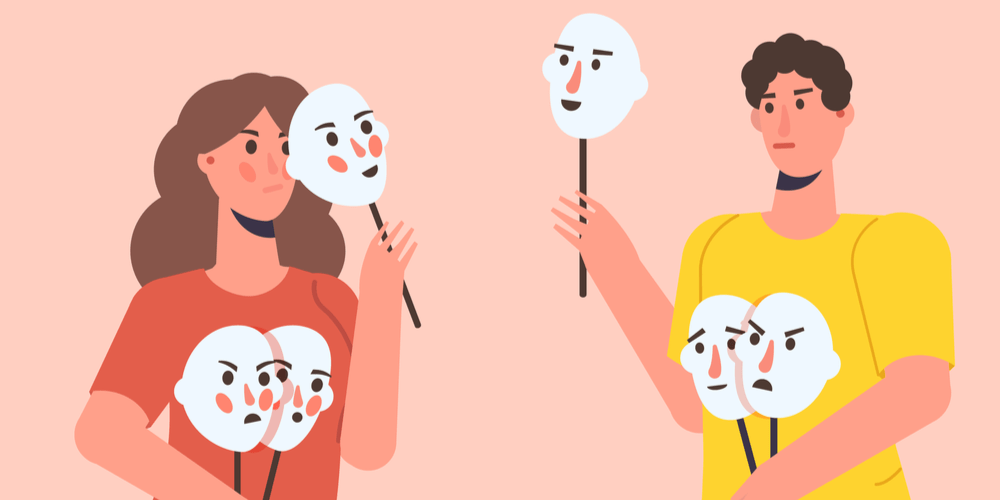 aying is when people act like they are in a situation. It can be difficult. Role-play helps people do better by showing them how to behave in new situations.
aying is when people act like they are in a situation. It can be difficult. Role-play helps people do better by showing them how to behave in new situations.
Therapy helps people who are stuck in bad ways of living. Role-play can lessen fear and can also help to:
- Improve your problem-solving skills. This will help you solve problems.
- To gain confidence, try to think about what can happen. You have a plan for that. You know how to do it.
- Practice your social skills.
- Assertiveness training is a good way to make people listen to what you say.
- Improving your communication skills will help you to do better in life.
- Get to know what you’re doing and the situation.
8. Mood Tracking
![]()
Mood-tracking promotes self-regulation that assists one to stay emotionally healthy. Tracking your mood over time can say how well you’re doing by managing your mood. The score you get is an indicator of how well you are doing.
How is it done?
A mood tracker can be on a page in your planner or bullet journal. It allows you to track your feelings like happiness, sadness, anger, etc. You can create a monthly mood tracker by jotting down the days of the month. And, add a color key with the moods you want to track and fill it every day.
Each day, choose the mood color that has dominated your day. Also, use the same color to fill in the box of the corresponding day.
9. Positive Thinking

People who work can feel happy and healthy if they spend time at their job. It is hard to feel good if people do not spend time with others.
Here are benefits that acknowledge positive thinking at:
- When you are nice to people at work, they will be nicer to you.
- This game improves your focus. It is hard to play, but it is fun.
- Improves productivity
- Make sure people don’t miss work.
- Promoting health and happiness in the workplace is good for everyone. It is good for your work.
- Playing games makes you smarter.
- Enhance your mental health.
- Improve people’s minds.
- Improve your decision-making by practicing it.
- When you are thinking positively then you will be less stressed, depressed, and anxious.
10. Activity Scheduling
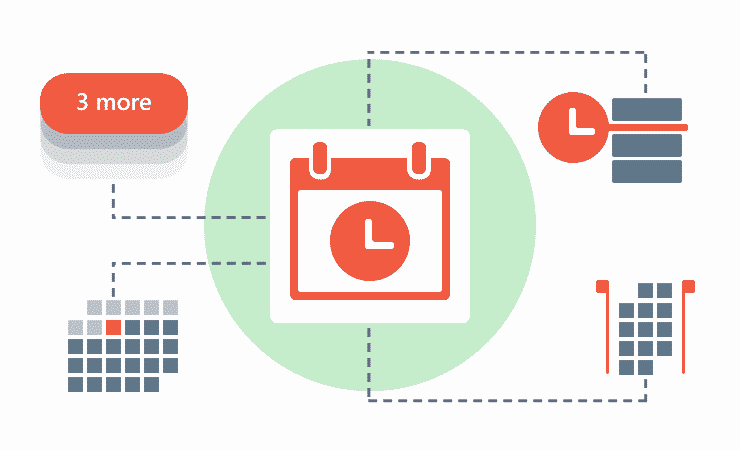
The Activity Scheduling Technique allows people to do more things, which helps them feel more cheerful. This technique lets you do more activities and exercises.
This technique will help you identify helpful behaviors. It will help you schedule exercises or new hobbies. This will make it more likely to get things done quickly.
People who are depressed can use this technique to help them get their work done. They should start with small tasks, and then do bigger ones.
HR can organize events where employees can participate and mingle with each other. It will help them to feel like they are accomplishing something. It will also make the workplace happier.
11. Credit List Technique
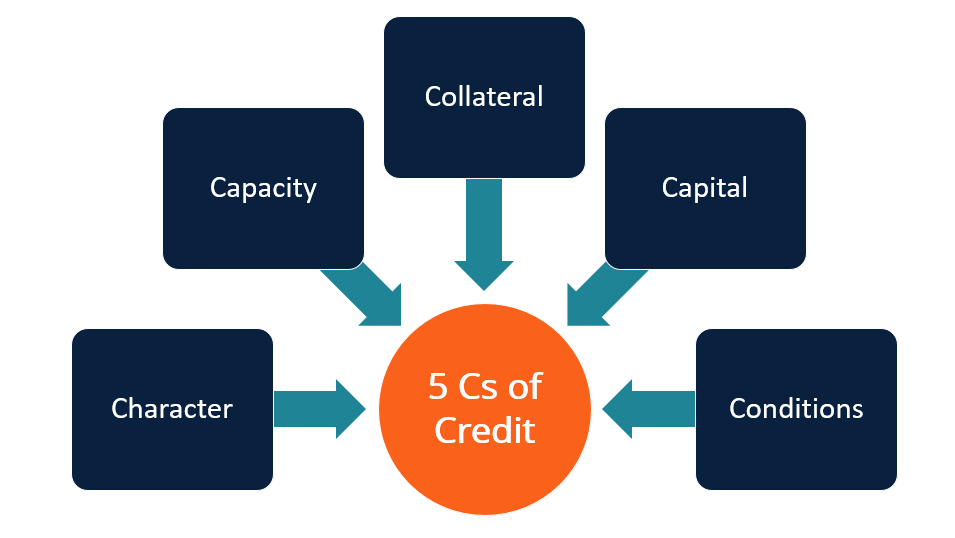
The credit list technique is a good way to give praise to your employees. It can lead to powerful things in the workplace. For example, you could give them rewards or recognition.
Crediting (giving people more recognition for their work) is a good way to make sure they do better at work. It also helps them feel more confident and improves some of their skills. Crediting the person who deserves it adds a positive impact to his or her life and makes him or her happy. This technique will help employees to see how good they are at their job.
Conclusion
Cognitive-behavioral therapy (CBT) is an important type of therapy. It links between your thoughts and feelings, what you feel and do. But it depends on the person taking the treatment and how much effort they put in.
CBT techniques are an honest try because they will allow your employees to think creatively. This will make them more productive at work. CBT can also make people feel better about their jobs because it makes them feel happy and excited to come to work.
Do you want to keep your employees happy, healthy, and productive? Join our employee assistance program and get a healthier workplace.
